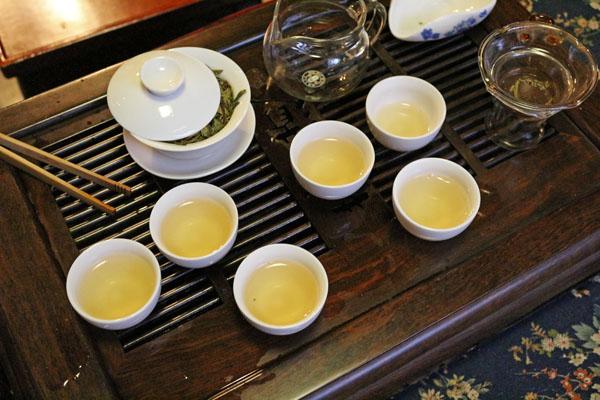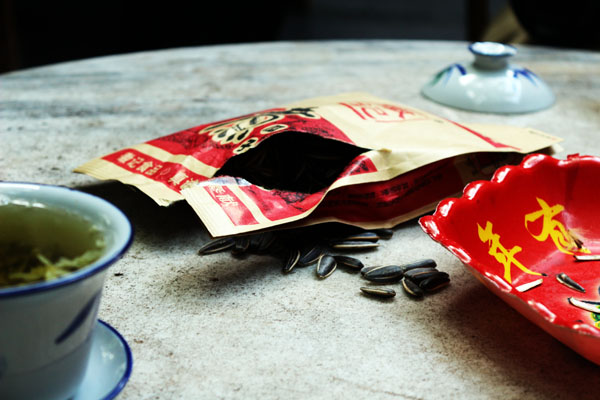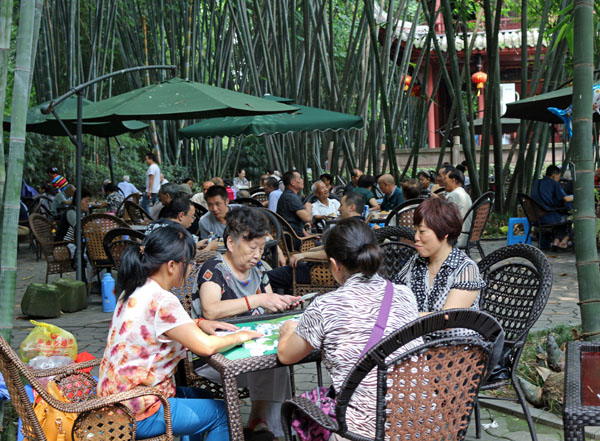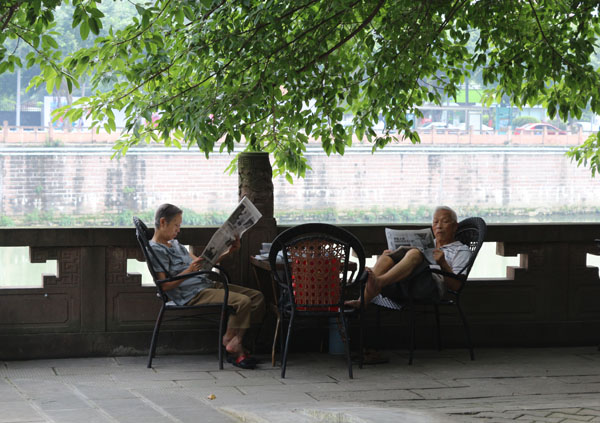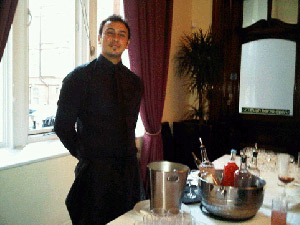Published on Momentum on 12th August 2016:
In a cozy room furnished with hand-carved mahogany armchairs, Chinese watercolors and precisely trimmed bonsai, I’m handed a dullish gray teapot. It’s permanently installed at this inconspicuous teahouse, just one of a few thousand in the city of Chengdu, where the best teas are sold at an eye-watering 2,000 yuan (about $300) per gram. Cosmopolitan Chengdu, a second-tier city in southwest China, was once an important stop on the ancient Tea Horse Road, the Southern Silk Road that brought tea and horses into central China from Yunnan province on the Myanmar border and Tibet in the west.
The pot is custom-made from solid silver, I’m told, and costs some 10,000 yuan ($1,500)—about a quarter of the average annual salary in China. Even in this tea-obsessed city, it’s unusual to own such an item, let alone leave it at your favorite teahouse. No names are mentioned but, when I ask, a subtle upward curve of the hostess’ lips confirms that its owner is a developer who made his fortune during the city’s property boom.
It’s certainly an extravagant scenario. But it barely scrapes the surface of the financial sums that can change hands among tea connoisseurs in pursuit of their obsession.
